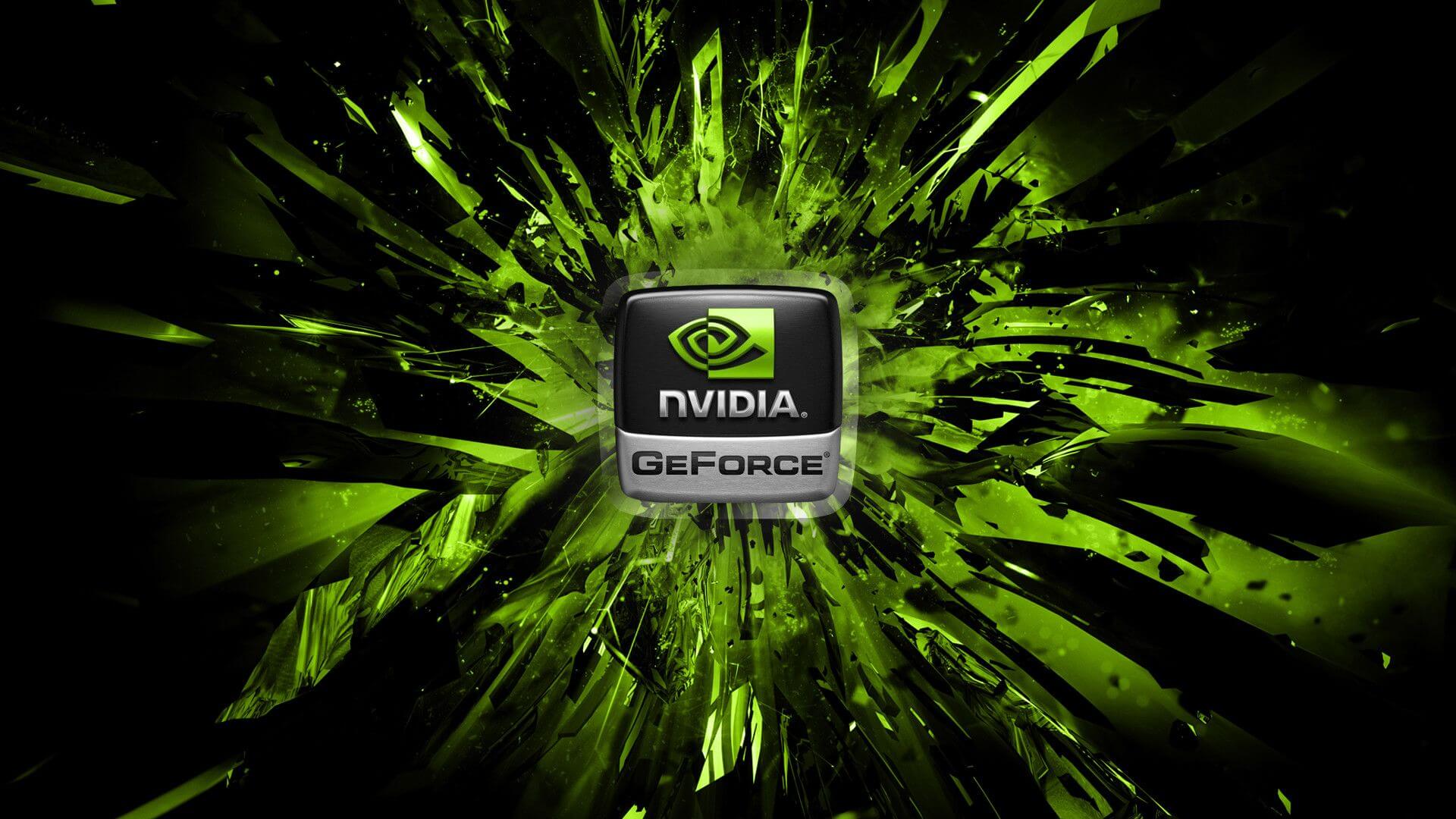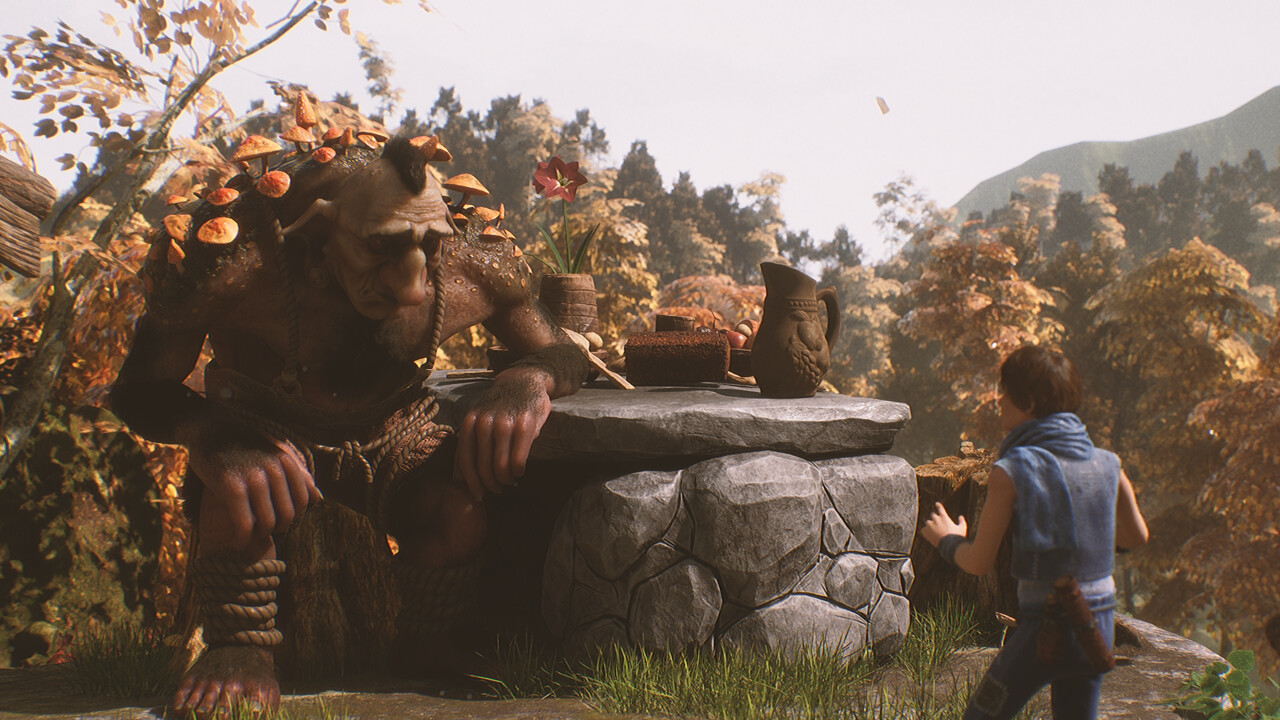Doesn’t really help though when you need to spend £500 just to get a solid 1440p card.It's 2024, it's about time 1080p was laid to rest.
Last edited:
Please remember that any mention of competitors, hinting at competitors or offering to provide details of competitors will result in an account suspension. The full rules can be found under the 'Terms and Rules' link in the bottom right corner of your screen. Just don't mention competitors in any way, shape or form and you'll be OK.
Doesn’t really help though when you need to spend £500 just to get a solid 1440p card.It's 2024, it's about time 1080p was laid to rest.

 www.dsogaming.com
www.dsogaming.com
DSOG: DLSS introduced Super Resolution. DLSS 3 added Frame Generation and DLSS 3.5 brought Ray Reconstruction. What’s the next step for DLSS?
LS: We’ve continued to improve and update DLSS since its introduction in 2019 so it’s safe to say we have more to come. We’re always working to give gamers better performance and the best graphical experience possible, and that’s what we’ll continue to do in future iterations of DLSS.
DSOG: Are there any plans to enable DLSS 3 FG for the older RTX GPUs? We know that due to the lack of the Optical Flow Accelerator, DLSS 3 FG won’t be as good on these GPUs as on the RTX40 series. Still, a lot of RTX owners could be interested in enabling it, especially since FSR 3.0 now works on all GPUs.
LS: We built DLSS Frame Generation to deliver the best possible experience including FPS, frame pacing, image quality, and latency across V-SYNC/VRR display modes. Achieving this uncompromised experience requires use of dedicated hardware available on RTX 40 Series GPUs.
DSOG: AMD recently launched AFMF, via which you can enable frame generation in all DX11/DX12 games. Is NVIDIA looking into adding a similar driver-based frame generation feature for its GPUs?
LS: Without proper frame pacing and latency reduction technology natively integrated into the game, driver-based frame generation will likely struggle to generate good image quality and effectively manage latency, resulting in visual artifacts and laggy experience.

Unfortunately, despite the FSR implementation being updated from FSR 2.2 to FSR 3 with the latest patch, the quality of FSR upscaling remains the same as it was on launch day. In Starfield, the main issue FSR upscaling has is a constant shimmering on many objects, such as thin steel objects, transparent materials, tree leaves and vegetation in general, laser sights and scopes, power lines and neon signs. These shimmering artifacts are visible across all resolutions and quality modes when standing still, but are even more noticeable in motion. The FSR 3 upscaling implementation also has visible pixelation on particles and disocclusion artifacts on NPCs, which is especially visible at lower resolutions such as 1080p. It is important to note all of these issues because AMD's Frame Generation solution can only be used in conjunction with FSR upscaling, which means that you can't enable the platform-agnostic technology together with native TAA or DLSS/XeSS, and unfortunately, running FSR 3 at native resolution doesn't save you from the visual issues that we found during our testing. These results indicate that the built-in FSR antialiasing itself is causing these artifacts.
With that being said, when you apply Frame Generation—a technology that uses information from previous frames to smoothly generate additional GPU frames without CPU involvement—to the image that already has lots of artifacts and image breakups in motion, you'll receive an even more unstable image as a final result. This is especially noticeable at 1080p, a resolution where most players would want to enable AMD's Frame Generation to boost their performance and smoothness. At this low resolution, FSR upscaling in "Quality" mode and Frame Generation enabled, the image becomes noticeably softer with disruptive and immersion breaking shimmering and ghosting. It is very unfortunate that using AMD's Frame Generation is locked to FSR upscaling, noticeably decreasing the overall image quality. If TAA or DLSS/XeSS could be used as the base image, enabling AMD's Frame Generation solution would produce a much more appealing image quality. On a positive note, at least the FSR 3 Frame Generation implementation does not introduce any jittering issues with the in-game UI.
Intel's XeSS comes with three upscaling kernels that are optimized for various architectures. The first is the kernel that gets used on Intel Arc GPUs with their XMX engines. This is the most advanced model too, that not only performs better in terms of FPS, but also offers the best upscaling quality, the "Advanced XeSS upscaling model." Intel also provides an optimized kernel for Intel Integrated Graphics, and another compatibility kernel, used for all other architectures that support Shader Model 6.4, e.g. all recent AMD and NVIDIA cards. These use the "Standard XeSS upscaling model," which is somewhat simpler, with lower performance and quality compared to the Advanced XeSS upscaling model (we use the compatibility model with our test system's RTX 4080). If DP4a instructions aren't available, as on the Radeon RX 5700 XT, slower INT24 instructions are used instead.
Speaking of XeSS in Starfield, the XeSS 1.2 implementation in its DP4a mode looks quite impressive in this game compared to FSR 3 upscaling and the in-game TAA solution. The quality of built-in XeSS antialiasing is superior to both FSR 3 and TAA, and very close to DLSS in maintaining a stable image without shimmering or flickering of thin objects at 1440p and 4K resolutions. However, things are a bit different at the lower 1080p resolution: while XeSS is still able to produce an image without excessive shimmering at "Quality" mode, image artifacts become a problem, especially on weapon sights. There are very noticeable ghosting issues to the point that we could clearly see four laser sights on the weapon when moving the mouse, this is very distracting for some people. Pixelation of particle effects is also an issue for XeSS in "Quality" mode at 1080p resolution, but to a lesser degree in comparison to FSR 3 upscaling.
If you want the most stable and clean image in Starfield—DLSS Super Resolution can deliver it. Because of yet another poor implementation - this time the in-game native TAA solution, which has a very blurry overall image across all resolutions and very poor rendering of small object detail and shimmering artifacts, even at 4K, enabling DLSS Super Resolution produces distinctly cleaner overall image quality, free from artifacts across all resolutions and quality modes. With DLSS enabled you can expect an improved level of detail of particle effects, tree leaves and vegetation rendering, power lines and neon signs are stable in motion, providing a more comprehensive and immersive presentation, particularly during motion, compared to native TAA or FSR 3/XeSS solutions. The latest patch also fixes some DLSS related bugs and glitches that the game had since November, such as small black dots on the ground when DLSS was running at resolutions below 1080p internally, and an issue that could make clouds appear to vibrate when using DLSS in "Performance" mode.
The DLSS Frame Generation implementation in Starfield is excellent, producing a stable and crisp image without any jittering issues on the in-game on-screen UI, the area where Frame Generation often has issues. Small particle effects, such as rain or laser sights, are rendered correctly, even during fast movement. As a perk, the DLSS Frame Generation implementation in this game has the ability to use Frame Generation together with DLAA, for a better than native result while still benefiting from improved framerates. During our DLSS Frame Generation testing, overall gameplay felt very smooth and responsive, and we didn't spot any issues with input latency.
Regarding performance, the DLSS, XeSS 1.2 and FSR 3 implementations in Starfield offer significantly lower performance gains compared to the norm set by other games that use the same technologies. Usually, going from native rendering to "Quality" mode will grant a solid 40% performance boost, or even higher in some games, but in Starfield, the performance increase is only around 25% in "Quality" upscaling modes compared to native rendering. Despite Starfield receiving several improvements to CPU performance from post-launch patches, it is still a very CPU intensive game, especially inside big cities, and high-powered GPUs such as the GeForce RTX 4080 will end up CPU bottlenecked in some sequences of the game at 1440p resolution and below. In such scenarios, very welcome help comes from the DLSS and FSR 3 Frame Generation technologies, which have the ability to bypass CPU limitations and increase the framerate. With DLSS or FSR in "Quality" mode and Frame Generation enabled, you can expect doubled performance across all resolutions, with AMD's Frame Generation producing slightly more frames in GPU limited scenarios than NVIDIA's Frame Generation solution, albeit with worse image quality.
That’s great and all but… i’d love some new exciting news regarding DLSS or any other new AI tech being implemented. Maybe something like those AI filters that can simulate another visual artstyle in realtime or something. That would be nice
Know the feeling. As soon as they introduce DLSS into Solitaire, I'm in.Reading this thread is making me feel like an old man watching the kids work the VHS recorder. So out of touch
Mate I’m enjoying Minesweeper at 40,000 FPS right now!Know the feeling. As soon as they introduce DLSS into Solitaire, I'm in.

Brothers: A Tale of Two Sons Remake places high demands on the graphics card. To alleviate the challenge, upsampling belongs to the mandatory program, regardless of the resolution and the graphics card, especially since DLSS and TSR are superior to the native resolution

Not sure what anyone was expecting there, upscaling at 1080p means a woefully low input resolution with not enough pixels for the AI upscaler to work with so you end up with softer images and obvious ghosting. This hasn't changed since upscaling started out and won't change in the future because of the very fact that 1080p upscaling = Too low an internal resolution to generate high quality upscaled outputs.
1440P DLSS Quality or 4K DLSS Performance is where upscaling makes the most obvious sense.
It's 2024, it's about time 1080p was laid to rest.
Performance work out similar?I figured that out for myself sometime ago. I would rather use DLDSR with DLSS on Performance than native and DLSS at Quality.
Nice to see Nvidia agrees with what I am seeing. Not everyone can see this difference though
Performance work out similar?
The peace of mind i got out of this gpu has been incredible. Never had this feeling with any of the previous cards i owned.Just get a 4090 and to hell with framerate expense

